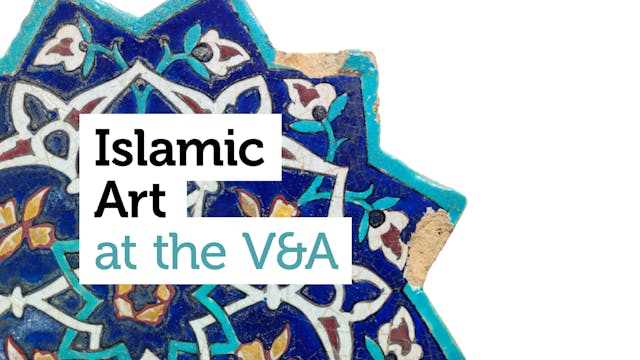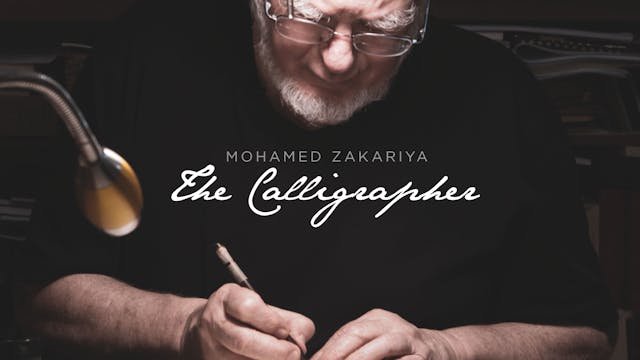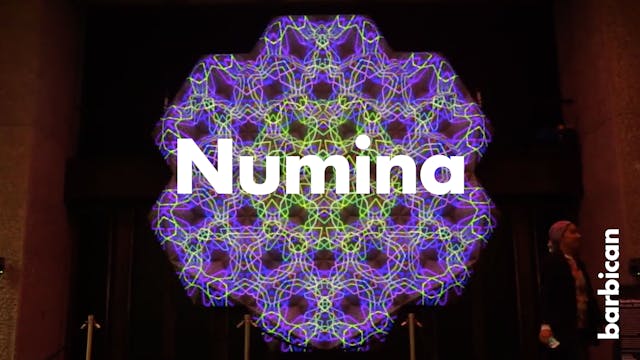Art of Faith: Islam
Art, Creativity & Culture
•
Documentary, Educational, History, G, 01-Oct-2008
Looking back over the last 3000 years, the series provides an insight into how we have celebrated art through faith. With contributions from architects, scholars and worshippers, the films explain the buildings' genesis, laying down the brush strokes of the sites' design, whilst looking at the shared elements and contrasts between religions and the aesthetics of the places of worship.
Millions of Muslims around the world glorify Allah when they pray five times every day. But for their obligatory prayers, although they must have clean clothes and a clean body, and to face towards Mecca, Muslims do not need a mosque. Prayer may be offered alone. Yet for nearly fifteen hundred years Muslims have built mosques both modest and grand. Islam asks, how do very different mosques across the world express the fundamentals of Islam? And what are the stories of other buildings of the faith, like madrassas - the religious schools - and mausoleums?
Islam travels to a diverse range of Islamic places of worship in Agra, Córdoba, Istanbul, Jerusalem, London, Kairouan, Samarkand, Singapore and Woking.
Up Next in Art, Creativity & Culture
-
Islamic Art at the V&A
London’s V&A has one of the world’s finest collections of Islamic art from the Middle East. Among its 10,000 objects are the Ardabil Carpet made in 16th-century Iran, one of the largest and finest carpets in existence, and an exquisite rock crystal ewer from 11th-century Egypt. From the summe...
-
The Calligrapher
In studio with world famous Calligrapher Mohamed Zakariya, who shares personal and touching insights into his work.
-
Numina at the Barbican
Zarah Hussain’s sculptural installation Numina was commissioned by the Barbican and installed in the Centre's foyers from 1 October 2016 - 25 January 2017.
Blurring the boundaries between science and spirituality, Islamic geometry is traditionally drawn by hand with a ruler and pen, using mathe...



